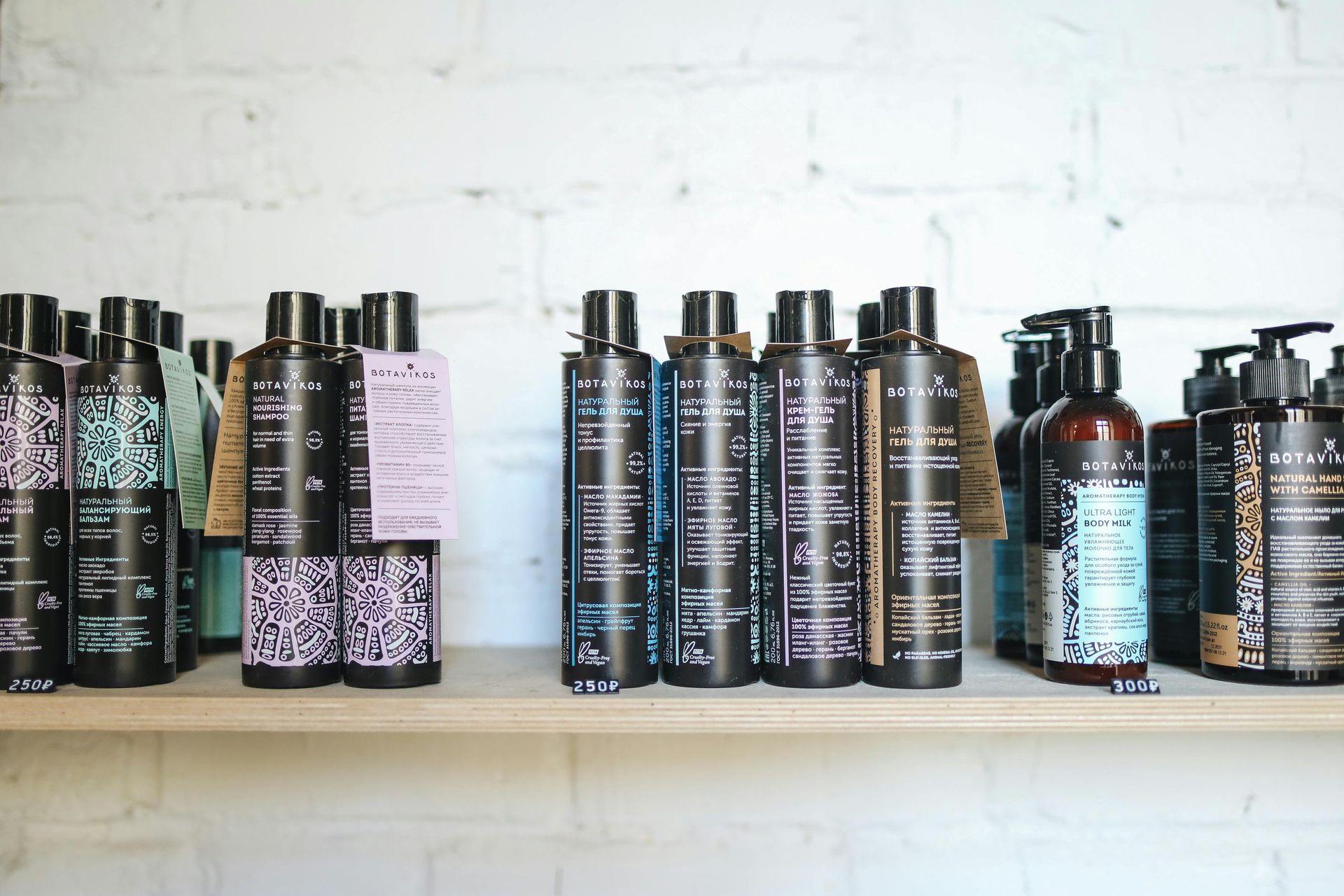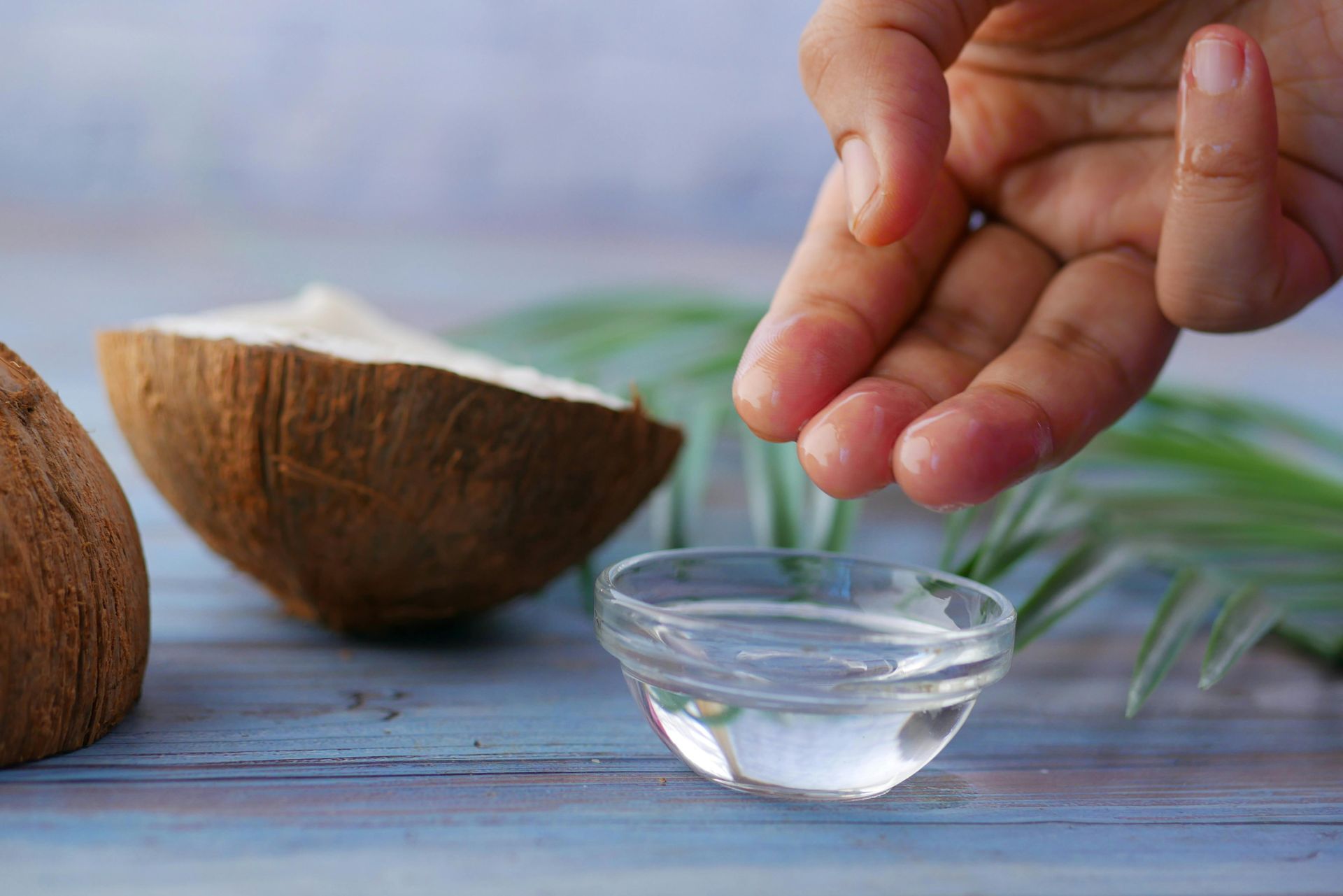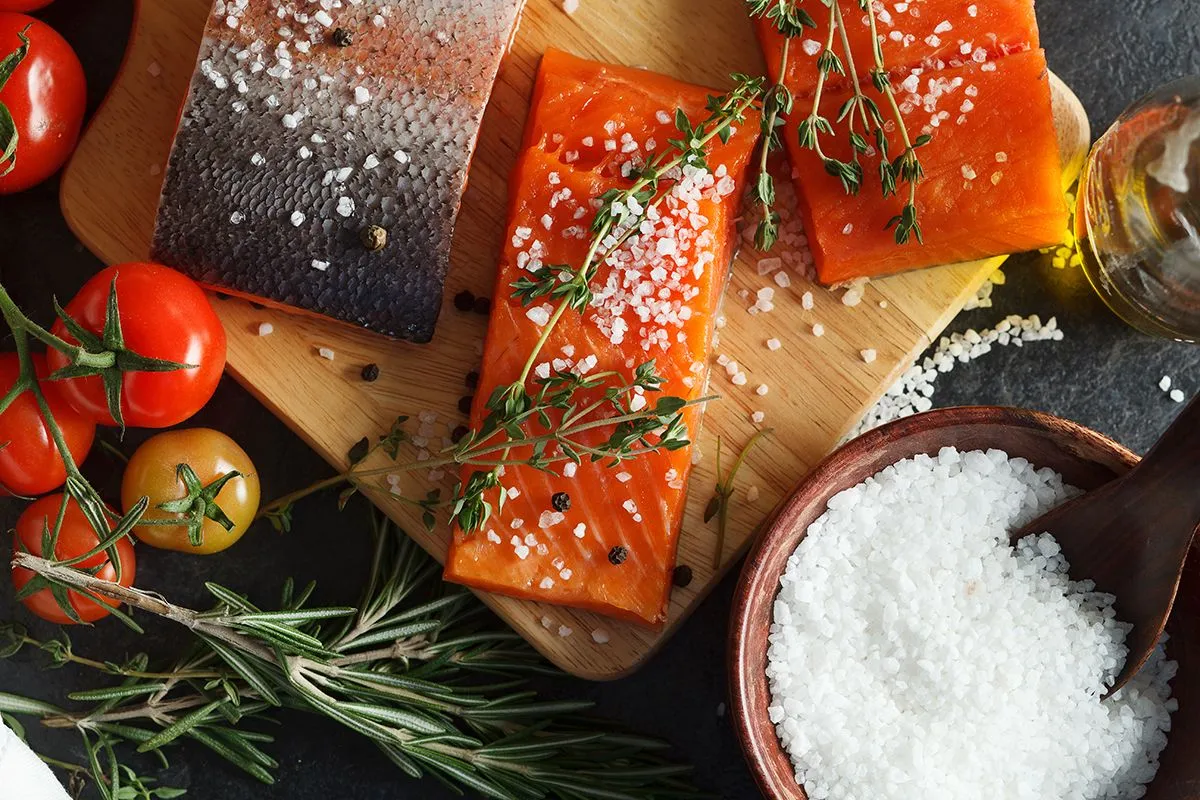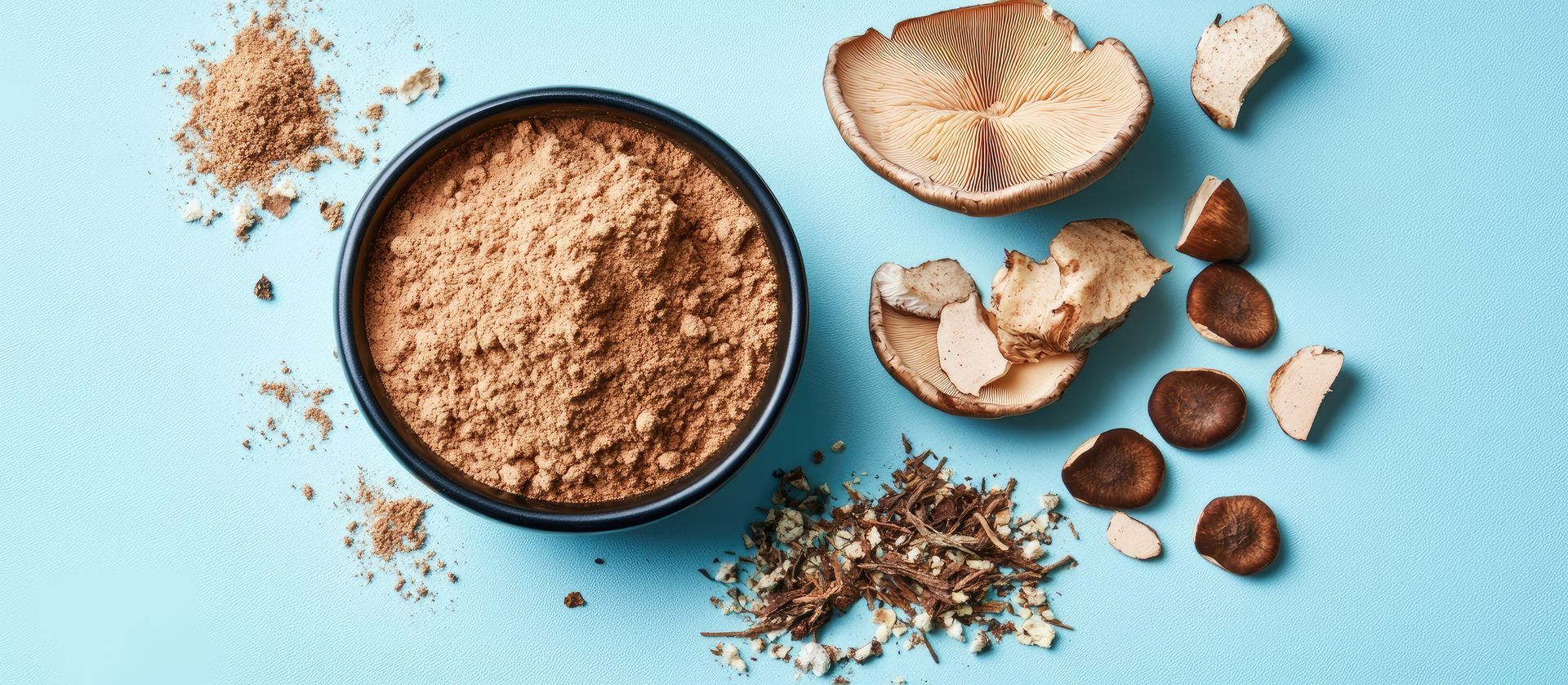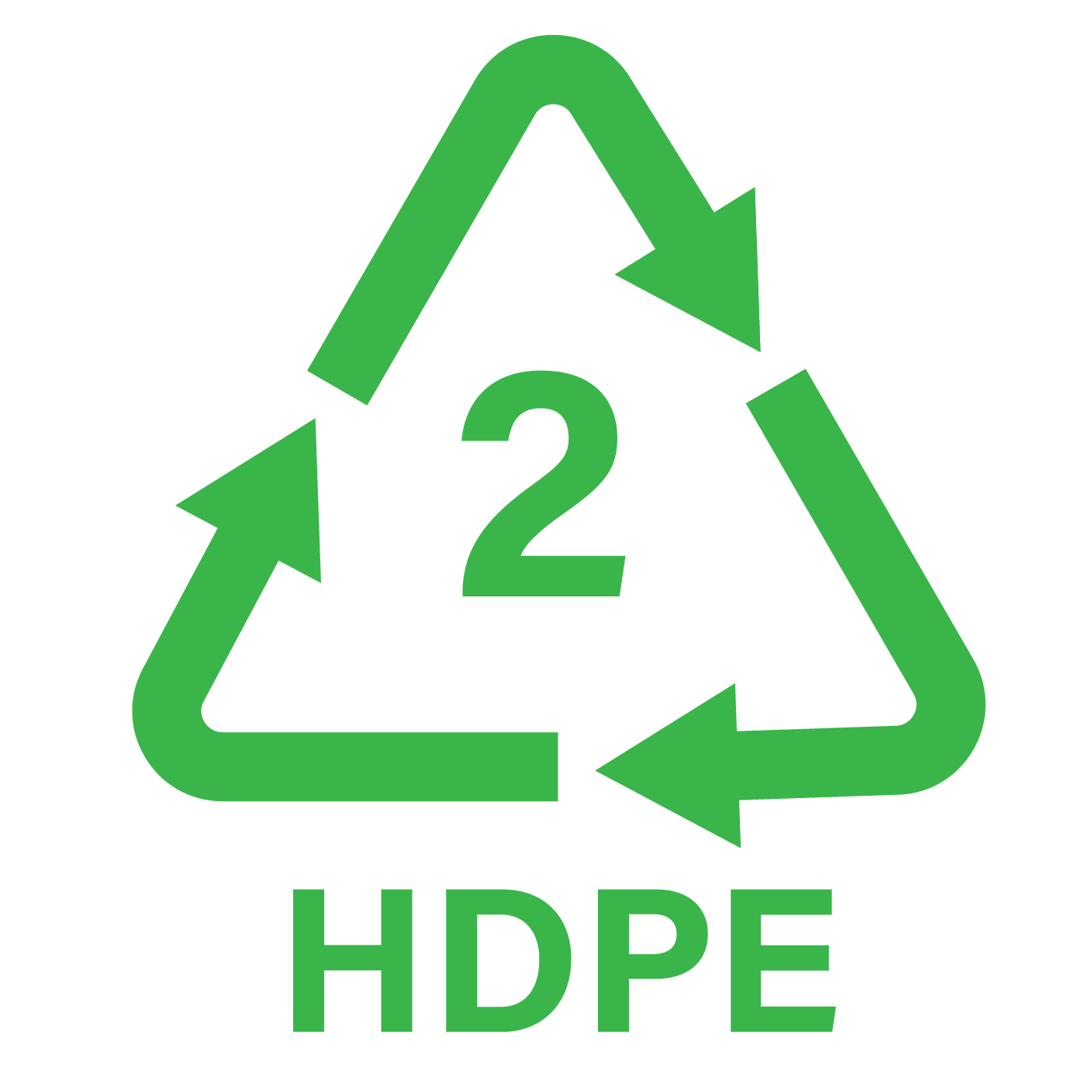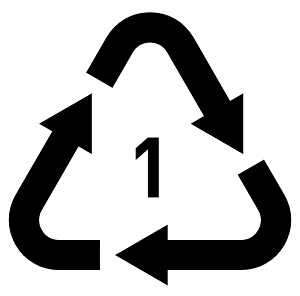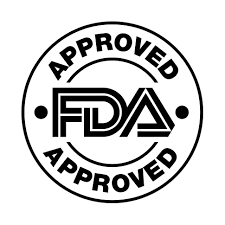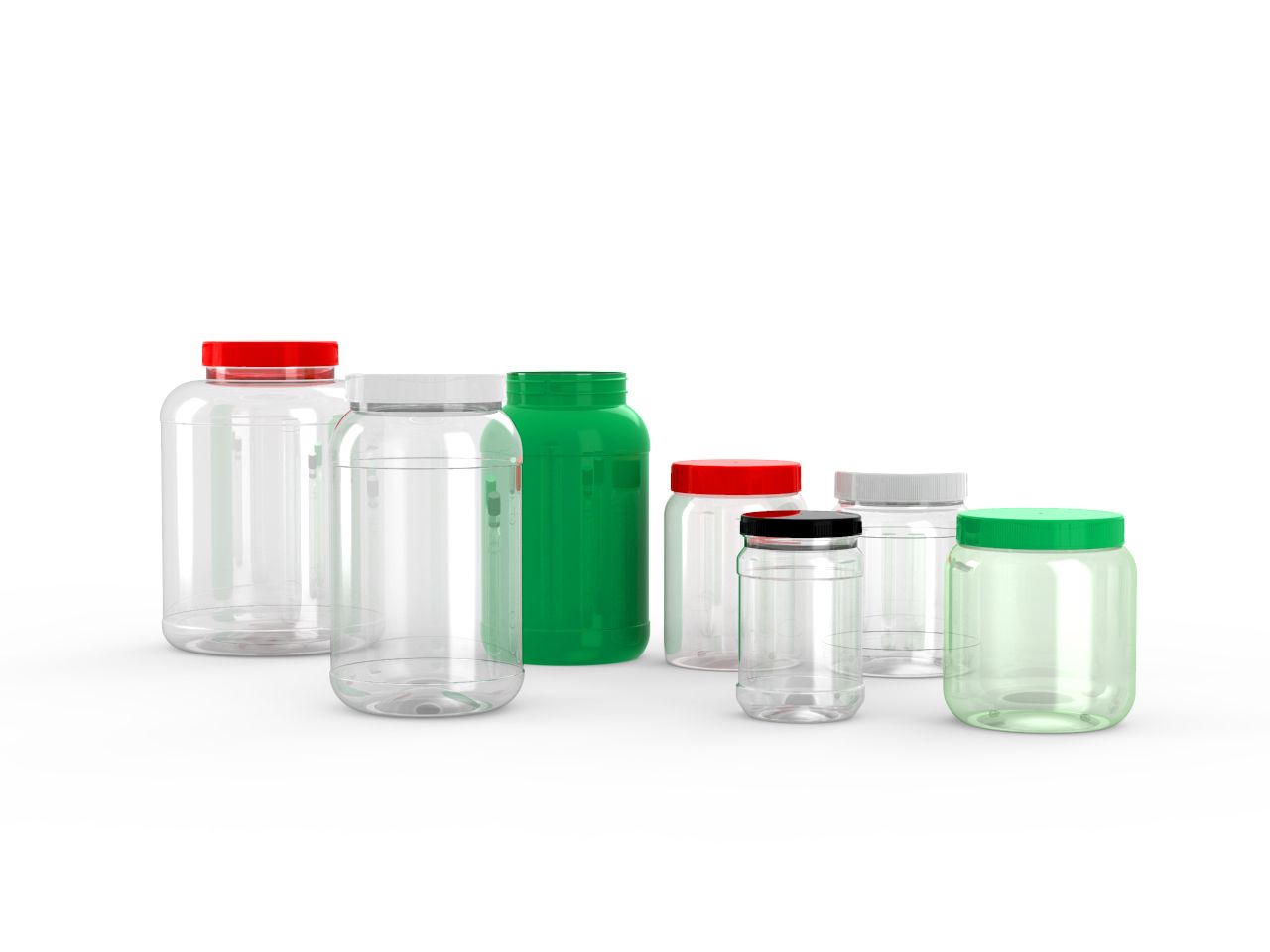The Problem with Plastic Isn't Environment... It's Image!
Plastics New Editor Don Loepp Explains Plastic's Image Problem... and Offers a Suggestion for Solving It
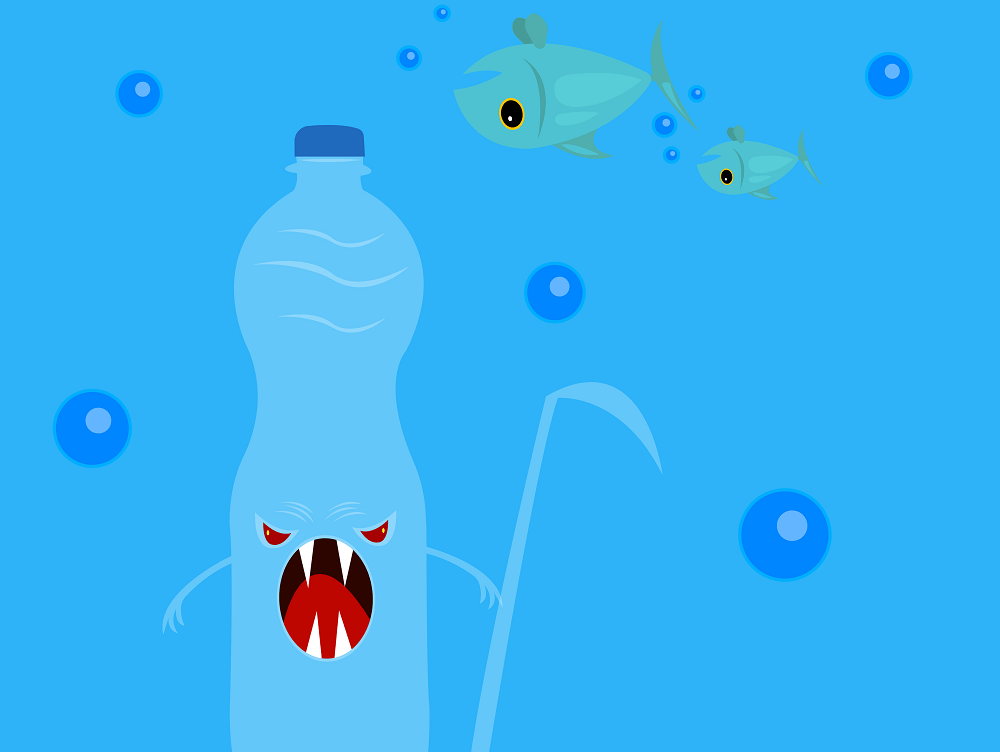
We've written before about the benefits plastic packaging has to offer and yet, plastic still gets a bad rap when it comes to environmental issues. In this op-ed piece published on the Plastics News site last November, editor Don Loepp offers up a compelling argument that the primary issue with plastic isn't one of recycling, but rather one of image.
The Logical Fallacy of Alaska Airlines
Specifically, the problem is that the general public perceives plastic as being bad for the environment because that's the narrative that's been reiterated for decades. And to be fair, the irresponsible discarding of plastic has contributed significantly to pollution problems all over the world. We all grew up hearing that plastic is bad and so, despite advances that have been made in recyclability and despite the overall environmental benefits that plastic has to offer over other packaging materials, many folks still cling to this outdated mindset.
As an example, Loepp mentions Alaska Airlines' announcement in 2021 that they would be replacing single-use plastic water bottles on their flights with paper cups and boxed water cartons. Their talking point was that, by doing this, the company would be eliminating "1.8 million pounds of plastics a year, equivalent to the weight of 18 Boeing 737s."
At first glance, that sounds impressive. But upon closer examination, the holes in Alaska Airlines' logic become rather apparent. The company bemoans the fact that only 9 percent of plastic is recycled in the U.S., so they're hoping by switching from plastic to "heavier, harder-to-recycle paper" (Loepp's words) will have a positive impact on the environment.
But just because the nation only recycles 9 percent of its plastic doesn't mean Alaska Airlines has to follow suit. What's to stop them from recycling *all* of their PET plastic? Nothing. And that would certainly be better for the environment than switching to paper.
Unfortunately, most consumers don't see it that way. They're still mired in the "Plastic = Bad, Paper = Good" mentality that's become so prevalent. So Alaska Airlines isn't really helping the environment so much as appealing to their customers.
That's the image problem.
As Loepp points out, "It bothers me when I see bits of plastic by the side of the road, run over by lawnmowers, destined for a storm drain, river, lake or the ocean. But no one is tossing their empty bottle out an Alaska Airlines window into the ocean."
National Sword and the Vilification of Recycling in Politics
Loepp also cites former British Prime Minister Boris Johnson as an example of plastic's image problem. The night before the COP26 climate change summit was set to kick off in Glasgow, Johnson took questions from school children and, during the course of this Q&A, informed them that recycling "doesn't work" and "is not the answer" to threats to global oceans and marine wildlife. Johnson claimed that recycling "doesn't begin to address the problem" and insisted that, instead, "we've all got to cut down our use of plastic."
"When I hear politicians talk about plastics recycling," Loepp states, "I cringe. They talk authoritatively about National Sword [China's policy of banning the import of certain types of solid waste, as well as setting strict contamination limits on recyclable materials] and a lack of markets for recyclables. Few, if any, are aware of what's really happening today."
China has been cracking down on the imports of low-value, heavily contaminated bales of plastic and other recyclables for nearly a decade now. And while the National Sword policy did have a major impact on global recycling markets when it was first implemented, those markets have long since recovered and are now close to record highs.
According to a November 2021 report from the Solid Waste Association of North America (SWANA), bales of PET plastic that were sold for $130/ton in 2020 were fetching a price of $511/ton in 2021. Polypropylene went up from $105/ton to $663/ton. The report determined this increase in price was due to an increase in demand, which was in turn being driven by recycled-content goals being set by major consumer brands.
Addressing the Problem with National Container Deposits
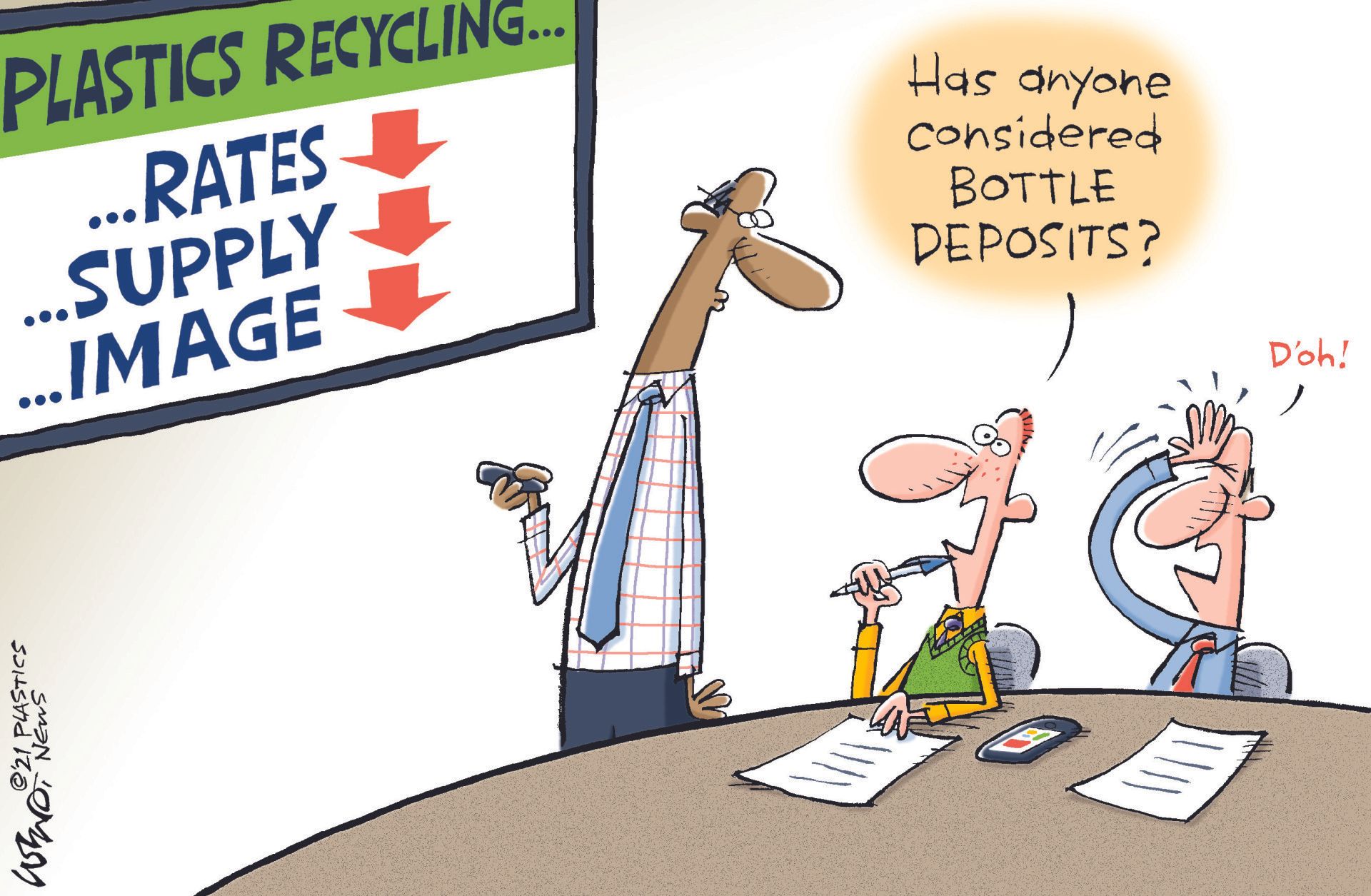
Loepp contends that plastic's image problem stems from a supply failure. Despite the fact that demand is high and prices are climbing, there simply aren't enough folks out there recycling their plastics (hence the 9 percent figure cited by Alaska Airlines).
So what is Loepp's proposal? Supporting national container deposits and/or expanding existing programs to cover more states and more types of plastic containers.
"With all the debate about resin taxes, product bans and extended producer responsibility, why can't the industry and legislators support container deposits?" writes Loepp. "It's a solution to the biggest recycling problem of 2021--lack of supply--and it would help an industry whose image is close to an all-time low."
References
- Plastics Doesn’t Have a Recycling Problem; It Has an Image Problem – Plastics News
- Recycling Plastics Does Not Work, Says Boris Johnson – BBC News

